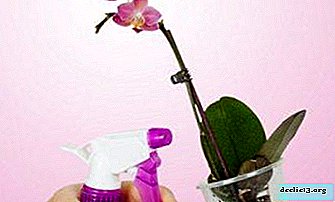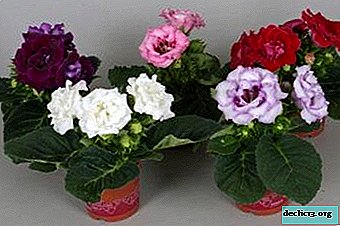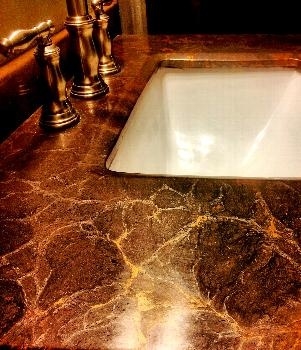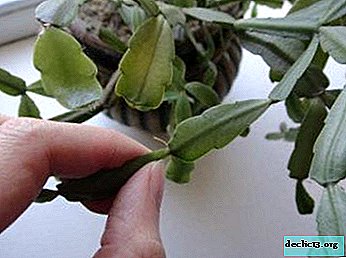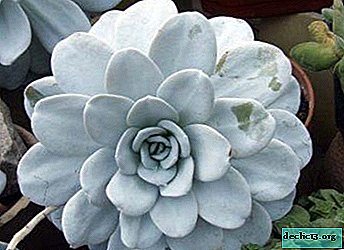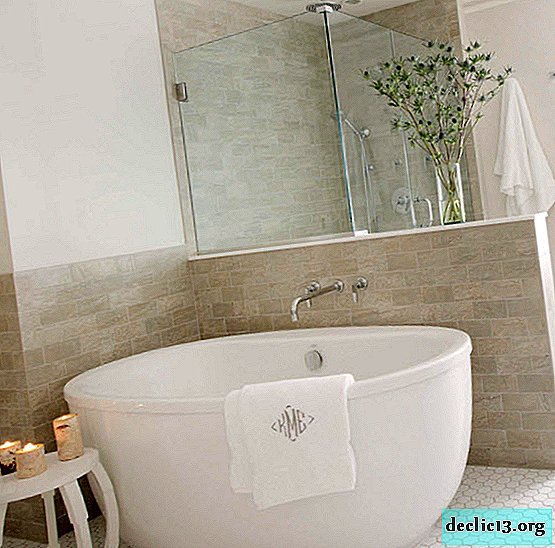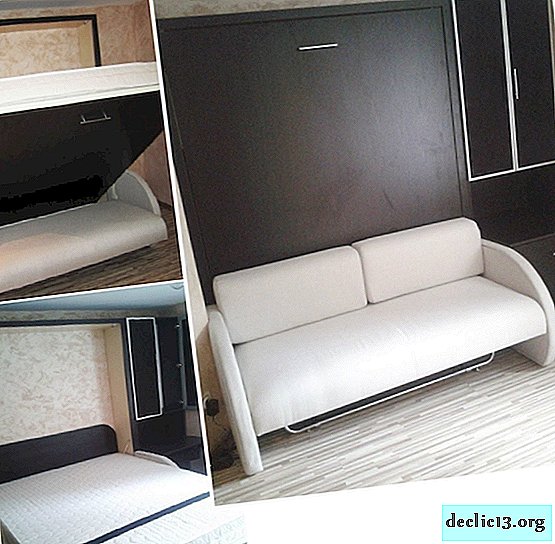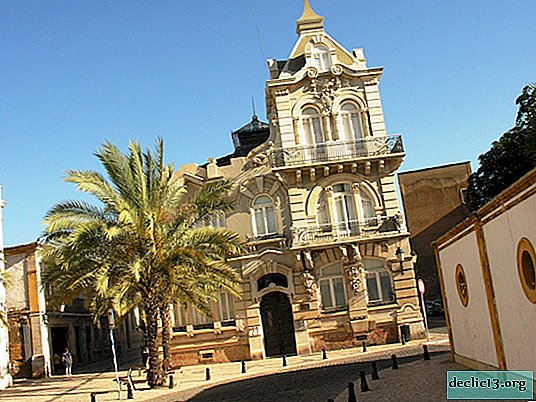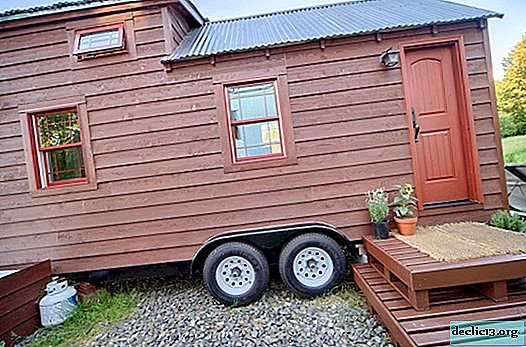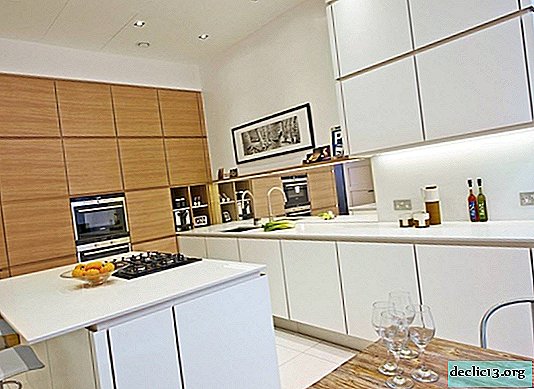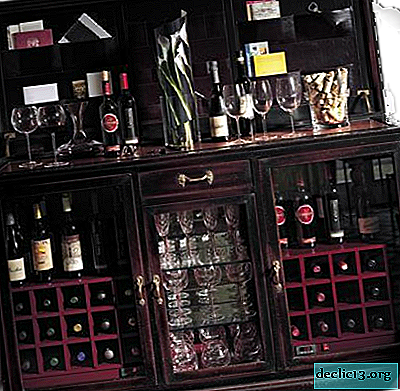Updating the old table using decoupage technique, interesting ideas
Any furniture, including a table, eventually deteriorates. But if you don’t want to part with the subject, you can refresh it in various ways. One of the update techniques is table decoupage - decorating the surface using drawings of the same theme. This method does not require large expenditures, experience and effort.
Features and advantages of technology
To make table decoupage with your own hands - this means, using imagination and a little patience, to create an original work. This option for updating furniture consists in choosing a picture of a certain subject and decorating the table surface with it. After the product is varnished and dried well. The advantages of furniture decoupage are:
- ease of work;
- the use of inexpensive special materials or improvised means;
- extending the life of the furniture;
- making the subject attractive and original.
In total there are 5 varieties of decoupage:
- Straight. Gluing the image directly to the surface, which can be glass, wooden, metal, plastic.
- Back. Gluing the pattern onto a glass surface on the back.
- Volume. Volumetric materials are used for decoration: textiles, eggshells, beads, pebbles and more.
- Art. In this case, the line between the background and the picture is erased using different techniques, as a result of which a single hand-painted painting is created.
- Dekopatch. Such a variation consists in sticking small pieces of paper onto the table surface. Used paper that simulates different surfaces (wood, textile). You can work with ordinary napkins or special decoupage cards.
- Sospeso Tresparente. A pattern is glued to a special thermal film, when heated, the image takes a three-dimensional shape.
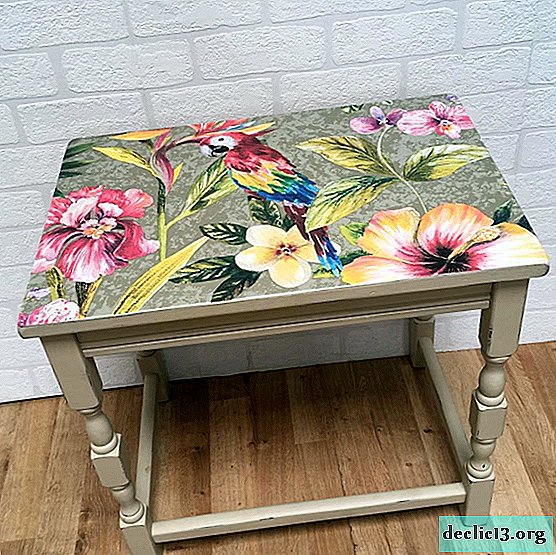 Straight
Straight Back
Back Volume
Volume Art
Art Decopatch
Decopatch Sospeso tresparente
Sospeso tresparenteThere are various styles in decoupage, the most common of which are:
- Provence. Appeared in the French province, expresses romanticism and rustic simplicity. On the surface of light shades, drawings of delicate flowers, scenes from village life are glued. Aging is often used.
- Ethnic. It is distinguished by the use of bright elements that relate to any country, culture. Decoupage is made with fabric, ornament, animalistic motifs are used.
- Victorian. The style owes its appearance to Queen Victoria. It is characterized by a combination of luxury palace life and classic elements.
- Shabby chic. It is an imitation of antiquity using light pastel colors and drawings with colors, blurred images.
- Simple city. Expresses a rustic urban style with pieces of old newspapers or magazines. In this case, any improvised materials are used.
- Printroom. Work in this style looks very effective. It is made using photocopies of old images in black and white on a light background.
Decoupage technique arose in the 12th century in China, when peasants, trying to decorate lanterns, windows and other household items, began to cut out patterns from paper and stick them on the surface. Later, decoupage as a form of art was mentioned in the 15th century in Germany. In the XVII century, the technique gained popularity in Venice, when it became fashionable to inlaid furniture items in Chinese and Japanese styles. In the middle of the XIX century, decoupage technique was carried away in many countries, and in Russia it appeared at the beginning of the XXI century.
Decoupage technique is great for people who do not want to say goodbye to their favorite furniture. The updated decorated table will last a long time.
 Provence
Provence Ethnic
Ethnic Victorian
Victorian Shabby chic
Shabby chic Simple city
Simple city Printroom
PrintroomSelection and preparation of materials
Before you start creating a unique table, you need to decide on its purpose. The choice of materials and details for the decor depend on the functional load of the furniture:
- Kitchen. Durable materials are used to decoupage the kitchen table, which are easy to clean, since this furniture in the kitchen is often exposed to an aggressive environment.
- Dining. The table, as a rule, is served by dishes of different colors, so the decor should be selected soft, calm.
- Writing. It is important that there is an atmosphere of concentration. Typically, on desktops there are many small items that are needed for work, so the decoupage of a desk should not contain a large number of decorative elements. It is not recommended to use glossy coatings on the table where the computer is installed, as they reflect rays too actively.
- Magazine. Such a table performs mainly decorative functions. Therefore, with the decoupage of a coffee table, you can experiment with your own hands with texture and color. This type of furniture is the best option to unleash creativity.
- Toilet. Any materials and colors are used here. It is important that they correspond to the taste and disposition of the owner. Finishing should not be motley.
- To give. Bright floral motifs or pastel delicate colors are best suited.
The image is selected according to the design of the room, otherwise even a very beautiful table will create disharmony in the interior.
 Kitchen
Kitchen Dining
Dining Writing
Writing Toilet
Toilet Magazine
Magazine To give
To giveNapkins
Special three-layer napkins for decoupage or ordinary ones are used. When working with napkins, pictures need to be carefully cut, laid out on the surface of the table so that the desired pattern is obtained. Today you can find napkins with absolutely any subject of images. Another plus of this material is its affordability.

Textile
To get an interesting design, it is better to use large pieces of matter. You can choose any kind of textile. Old curtains are especially suitable for these purposes. The material must be thin and light.

Paper
You can paste the surface with the wallpaper remaining from the repair. An entire piece or individual fragments is taken. Favorite photographs, maps, pieces of old newspapers, comics, magazines, posters are also used for decoration.

Guipure
Furniture so decorated will look very beautiful. A piece of cloth covers the entire surface of the table. Then carefully fold all available folds with your hands. After this, the decomposed material is covered with spray paint.

Shell
Egg shells are placed on the surface, broken into small pieces by fingers. Then it is distributed using a match or tweezers. Such a voluminous decor can be used to frame drawings, table borders. In addition, the shell can be painted in different colors, for example, pearl.


Leaves
To use this technique, skeletonized leaves are used, which can be purchased at the store. You can take ordinary specimens brought from a forest or park. Before sticking the leaves, they must be ironed.


Aging
A very original way to update the table. Various methods will help to artificially age an object; you can choose according to your taste. To do this, use an ordinary paraffin candle, the technique of "dry brush", spray. You can resort to craquelure, patination.

Tools and consumables
To create a decoupage, you need a table surface, as well as the elements from which the image will be obtained, depending on your own preferences or the design of the room. Also required for work:
- Primer. It is useful if the surface is not able to absorb paint.
- Glue. Used to glue the image to the surface.
- Paints. Needed to draw additional elements.
- Lacquer. It is used to finish the picture so that the image lasts for a long time and is more expressive.
- Sandpaper. It is used if the surface is uneven and requires cleaning.
- Brushes. It will take two brushes: for painting on the details of the picture and for the final coating with varnish.
- Sponge. Used for stewing.
- Pencil. To make marks, circle the pictures.
- Water tank and soap for cleaning the surface.
- A container of water to place an image in it.
Craquelure lacquer is often used to create decoupage. The tool gives the subject a look of antiquity. The one-step craquelure looks like a cracked paint layer, through the cracks of which the old paint or furniture surface is visible. Two-step varnish makes a grid of cracks on the surface of the picture.


Decoupage paper step by step
To make a decoupage of an old table with your own hands, you need to adhere to certain rules:
- Surface preparation. All parts of the furniture are sanded if it is wooden.
- Acrylic coating. Need to cover from all sides.
- Primer. Using a brush, roller or sponge, the surface is coated with white acrylic paint.
- Painting. Applying the right tone.
- Material preparation. Cutting fragments from napkins, wallpapers, photographs, newspapers, printed sheets.
- Building composition. Unfolding individual elements on the table and drawing pencil outlines.
- Varnishing pictures. The cut parts are placed in a container of water for several seconds, removed and laid on the fabric with the wrong side up. Then the image fragments are varnished.
- Placement on the surface. All elements are placed on the finished contours, rolled with a rubber roller. Care must be taken to let all the air out.
- Drying. You need to wait a while for everything to dry out well.
- Scuffing. To age with sandpaper, a portion of the top paint is erased.
- Application of shades. Used dry small pastels of various colors. Rubbed near the elements of the composition.
- Topcoat. Acrylic spray varnish is applied.
The unique surface of the table is ready after the final coating has dried. Most often, decoupage is used only for countertops. But as a rule, the legs also require updating. You can simply coat them with varnish, but it is better to choose a paint that matches the tone of the countertop.
 Surface preparation
Surface preparation Painting
Painting Material preparation
Material preparation Composition building
Composition building Varnishing pictures
Varnishing picturesFabric decorating workshop
To decorate the old table with a cloth, it is better to use the following master class to get it neat, beautiful, original. Before you start, you need to prepare the working surface of the table, for this, the removal of old paint and sanding is carried out. Then the following steps follow:
- Stain coating. It is applied to the legs and the inside of the table, the countertop is not covered from above.
- Material preparation. A beautiful bright shawl or piece of cloth is taken and ironed well.
- Gluing. When fixing the tissue, you need to move the brush from the middle to the edges, so that the folds and the pattern straighten out. The edges of the fabric tuck under the countertop.
- Drying. It is best to dry on the street.
- Finishing glue. Apply acrylic adhesive in 6-7 layers. In addition, each layer should dry well.
The updated elegant item will be ready in 3-4 days, after which the table can be used. Decoupage technique can be used to work with any furniture. If you decorate a table, chairs, chest of drawers in the same gamut and theme, you will get an original set.
 Stain coating, material preparation
Stain coating, material preparation Gluing, drying
Gluing, drying Glue finish
Glue finish Edge sizing
Edge sizing Ready table
Ready table





















